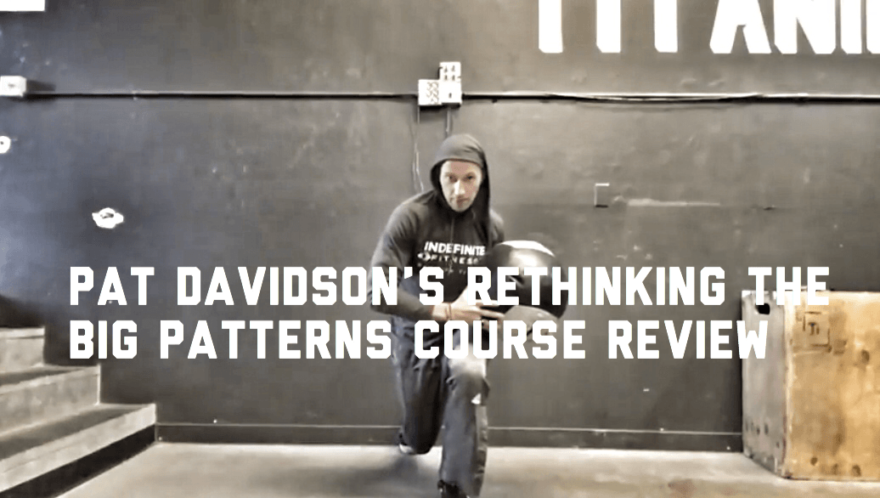I recently attended a class put on my dear friend Pat Davidson, a phenomenal strength coach and lecturer out of NYC.

I’ve had many thought provoking conversations with Pat over the years, but this was the first time that I got to hear him teach.
And whoa is all I have to say.
With his knowledge, speaking style, and adeptness at mixing theoretical and practical application, Pat is one of the most engaging speakers I have come across in recent years.
Pat is one of those people that you have to check out. Period. ’nuff said.
When he’s not moving heavy weight, you can find Pat on Facebook, Twitter, and Instagram.
I’d also be remiss to not gave a shout out to Dave Rascoe for making the entire trip and course possible. You are a dear friend, and glad you reached out to me earlier in the year.
I also must give a shout out to all the wonderful people who I finally got a chance to meet in person, including Lucy Hendricks (thx for helping me wake the sleeping giant called my right butt), D-Wil and Tom Cooper for the greatest training session of my life, Aaron Davis for sparking me to think about a wide variety of things, Brenda Gregory for #explaininglabs and being awesome, Paul Monje for teaching me about all things video , Teo for being the man, Patrick, Michael, and many more.
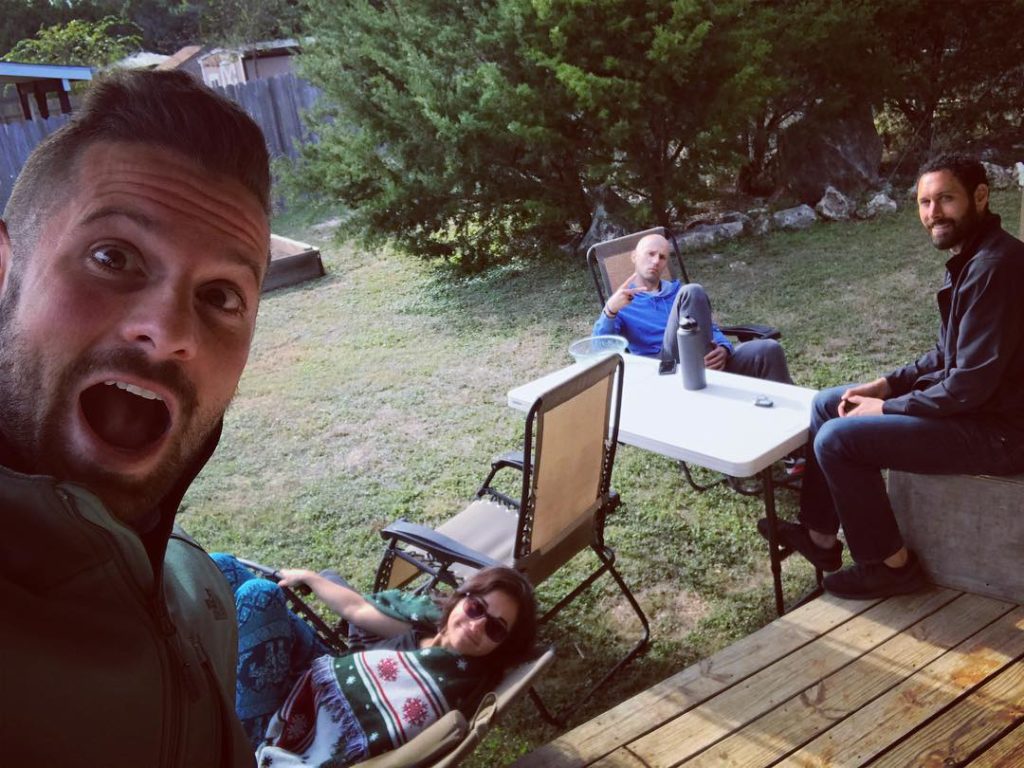
Check out the video review below, and once you’ve done that, check out my notes.
For those who missed the live course, THE ENTIRE SEMINAR will be available for digital purchase sometime in February, along with Pat’s new website. I’ll keep y’all posted as to when that happens.
Table of Contents
Theoretical Models
“A good theory is always beautiful” ~ Pat Davidson
One of my favorite portions of the class was hearing Pat’s theoretical models that underpin his training philosophy; drawing from sources such as evolution and development.
There were about eight models in total, and I will give you my favorite pieces.
The Variability and Rigidity Model
There is a continuum built within us from variability to rigidity, and the genesis of this continuum comes from evolution.
Early evolved systems are much simpler and predictable than their later, complex counterparts. Because later developed systems are more complex, they are also more fragile and costly.
Those systems that are complex, fragile, and costly are less likely to be used in stressful scenarios.
Compare and contrast aerobic and anaerobic energy systems. Look at how complex aerobic metabolism is:
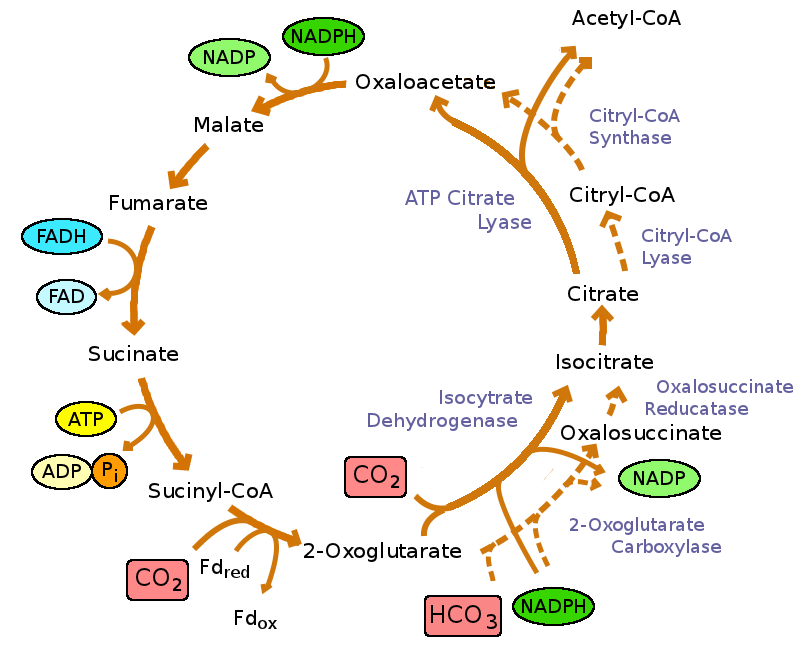
Complex process that involves multiple steps for energy to be produced.
In comparison, here are the steps involved in alactic metabolism:
ADP + CP ↔ ATP + Creatine
Literally, there is only one step in the reaction, a much simpler process. A process that is also more likely to be readily utilized in a stressful scenario, such as lifting a heavy weight or tackling a running back.
In stressful scenarios, we want resources-efficient processes to run to conserve energy during stress mitigation.
Variability is sacrificed for simplicity and reliability.
If these older strategies are rendered ineffective, abnormal, or rampant, that is when problems ensue. If alactic metabolism doesn’t run effectively, we may not be able to produce enough force to mitigate the stressful event. That could lead to deleterious consequences.
The goal then, would be to utilized the right systems at the right times, under the right contexts and constraints.
Invariant Representation
We all have a representative model to which we take our world perceptions, and attempt to fit them within the model.
For example, a baseball shortstop doesn’t need to practice every single possible way to make a double play. There is an operating model to which a shortstop makes a double play. This model is applied to all double play scenarios, allowing for a successful outcome.
Operating in patterns, constructs, and models allows for efficient navigation through various contexts and environments.
Classifying Exercises
Programming consists of manipulating the relationship between stance, movement planes, volume, and intensity.

There are three stances Pat categorized movement into:
- Bilateral stance
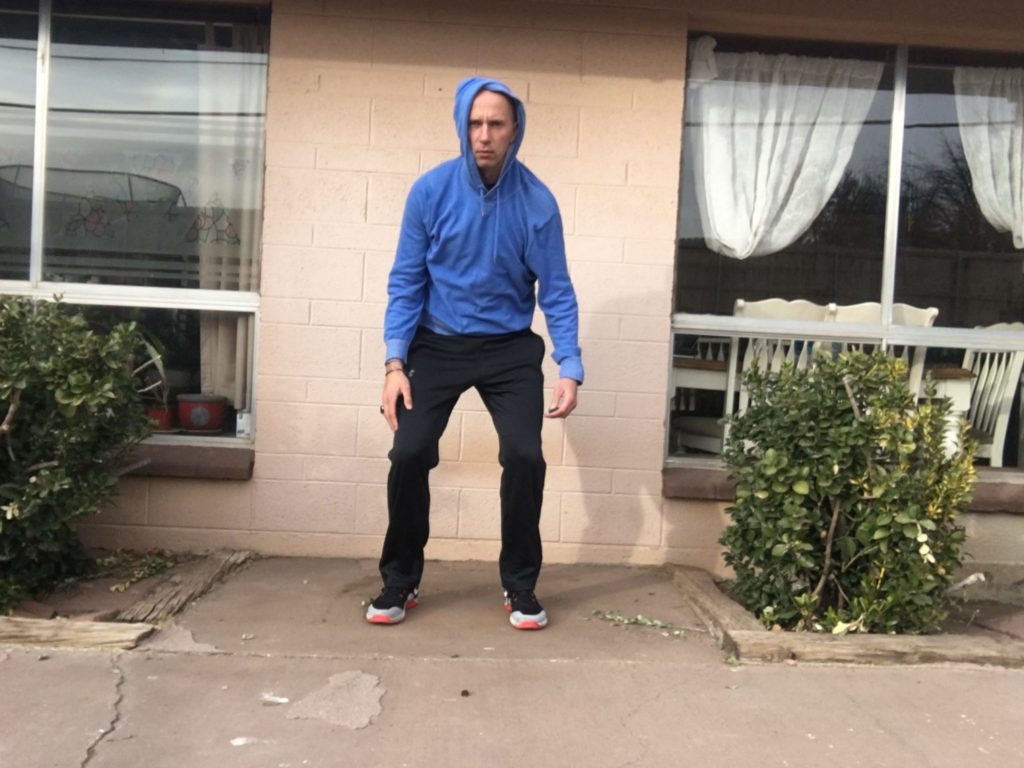
This stance is the starting position in sports, jumping, med ball drills, compound lifts, conditioning
- Split stance
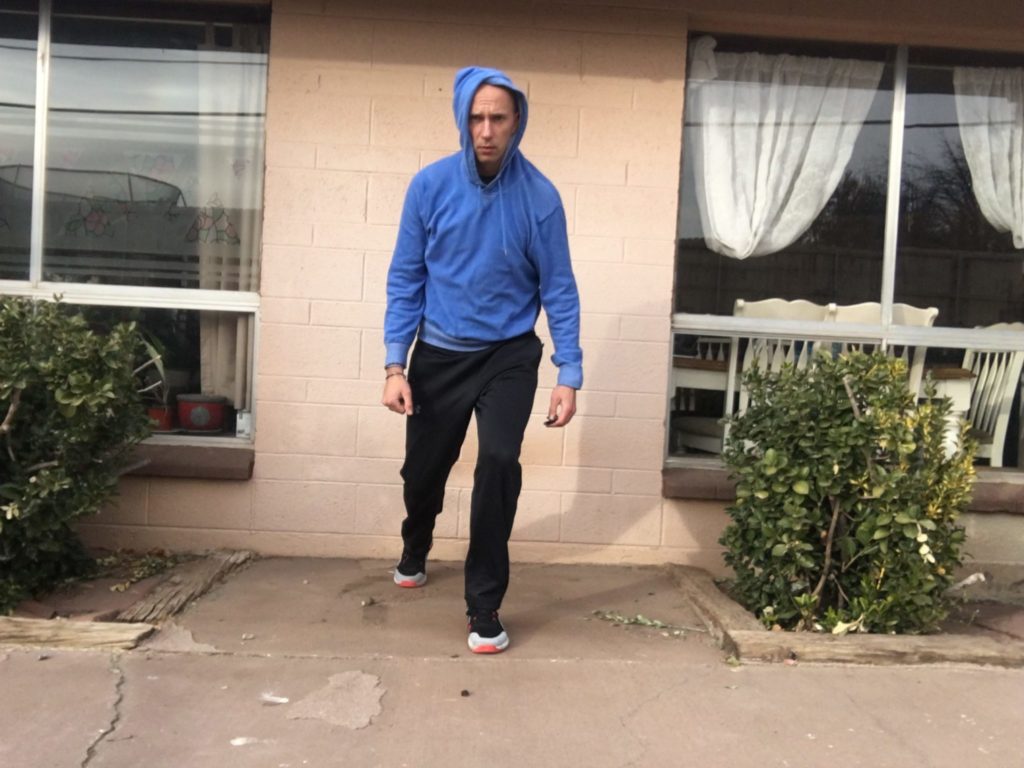
This stance involves the first moves in sports, running, jumping, lifts (split jerk), conditioning
- Lateral split stance
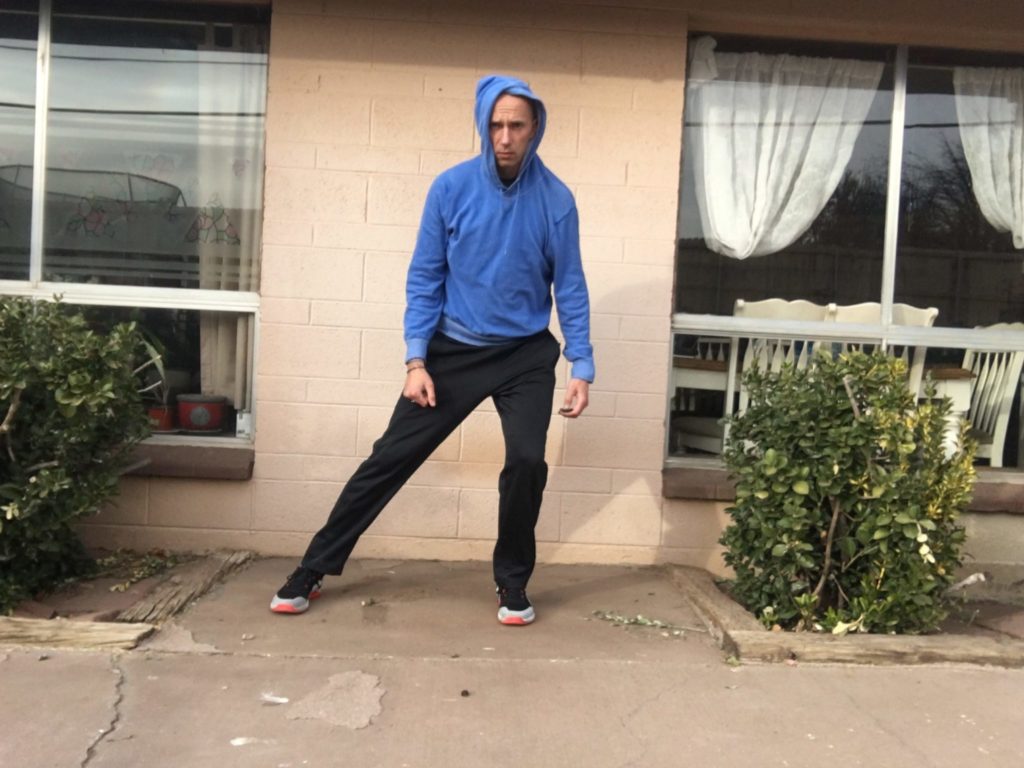
This stance involves change of direction, jumping, med ball, conditioning
and three cardinal planes of movement
- Sagittal
- Frontal
- Transverse

Let’s practice using this system. Take a kettlebell windmill for example.
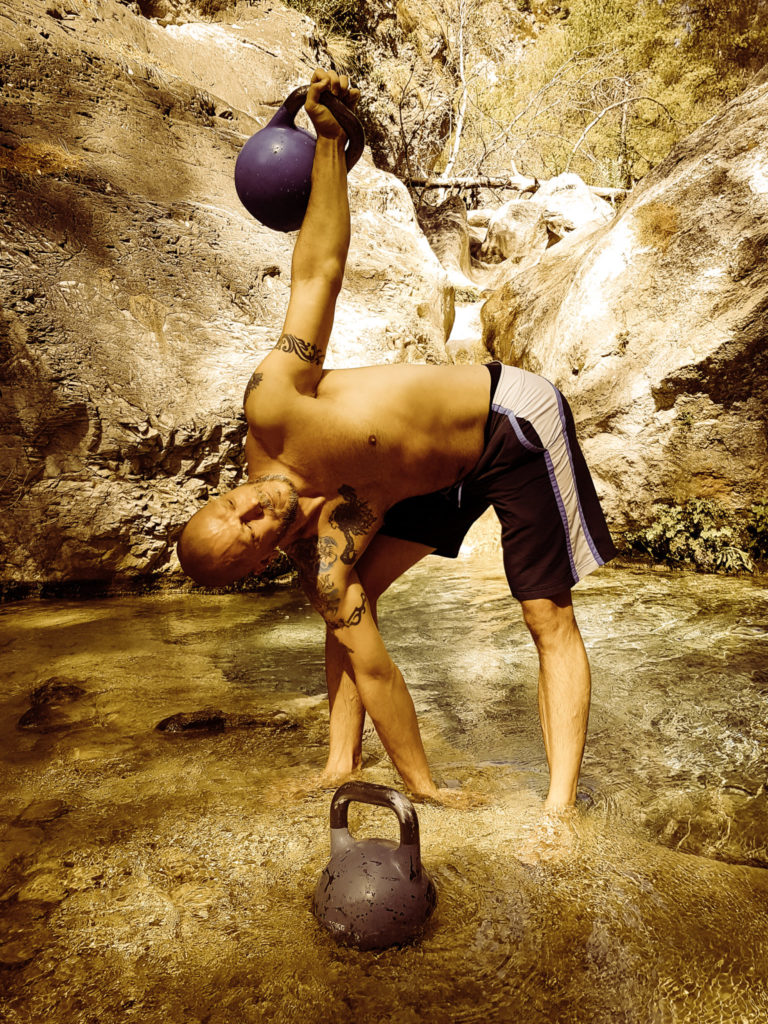
The stance this individual is assuming is a lateral split stance, with the planar expression predominantly occurring in the transverse plane.
The intent would be to incorporate as many of these different combinations of stance and plane into a program, especially at beginning phases.
We can also use this system to describe sporting movements. Take a cut in a sport such as football:
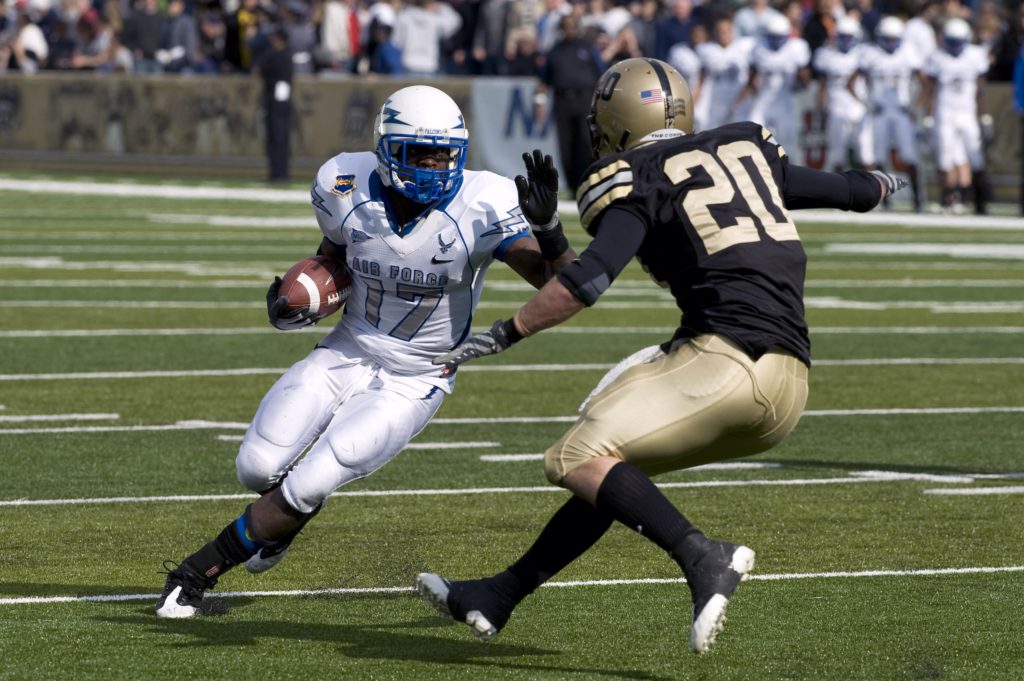
We can describe the movement performed above as a lateral split stance frontal plane action. To help bridge that gap in the weightroom, or train a similar quality, we may consider incorporating activities that have a lateral split stance frontal plane quality about them.
The Difference Between Rehab and Performance
These domains differ in both goals and neurochemical activity.
In rehab, the goal is sensorimotor integration and learning. We want our clients to notice change, and be present in the now. It ought to be meditative. Serotonin and noradrenergic chemicals are at an all-time high.
Sensorimotor systems however, are fast to fatigue, hence their minimal integration into performance.
Performance, on the other hand, is all out about motor and output. We want numbers to continue to drive up at the expense of sensation and presence. This process us much more dopaminergic in nature, which removes you from the current moment.
The Taxonomy of Programming
The purpose of training is to create specific structural and functional adaptations. Categorizing the training program helps elucidate these adaptations.
To create these categories, Pat drew from classic biological taxonomy
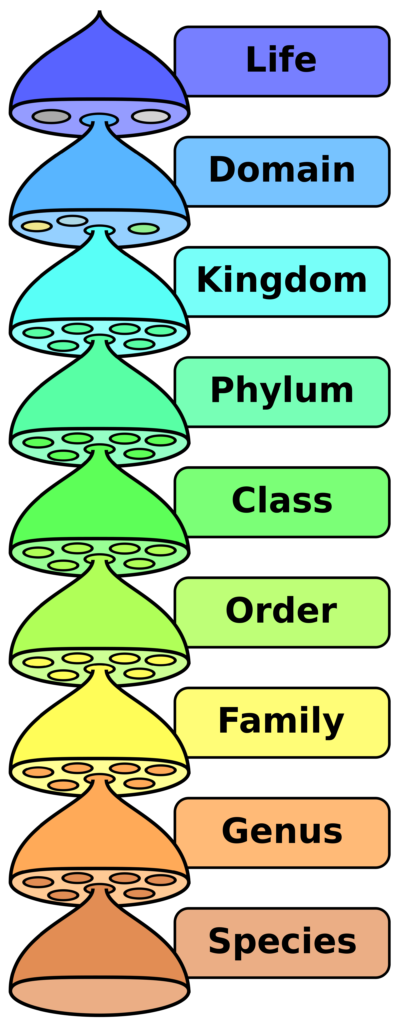
Here is Pat’s fitness version of this.
- Life = Fitness
- Kingdoms
- Variability (degrees of freedom through which one can move)
- Capacity (endurance)
- Power (intensity)
- Training means
- Specific
- General-specific (activities that aren’t the sport but carryover to the sport)
- General
- Training methods (lifting-specific)
- Maximum effort
- Submaximum effort
- Repeat effort
- Dynamic effort
- Fitness patterns – The various movement patterns performed
- Exercises within patterns – e.g. a squat is an exercise within the “knee dominant” pattern
- Work:rest ratios
- Restoration and recovery
- Nutrition
- Therapeutics
- Pharmacology
Utilizing this taxonomy helps us build a framework as to which we can select interventions relevant to the client’s training level.
For example, if you are working with a beginner
- Kingdom – variability emphasis
- Training means – General
- Training methods – submaximal and repeated effort
- Fitness Patterns – All of them
- Exercises within Patterns – Low level
- Restoration and recovery – Teach good nutrition, build habits, sparing use of therapeutics and pharmacology.
An intermediate program may look like so
- Kingdom – capacity emphasis
- Training means – General-specific/specific
- Training methods – dynamic, submaximal and repeated effort
- Fitness Patterns – focus on some, maintain the rest
- Exercises within Patterns – Moderate difficulty
- Restoration and recovery – Eat for performance; introduce therapeutics and supplements
And an advanced program looks like so
- Kingdom – power emphasis (game speed)
- Training means – General-specific and specific
- Training methods – Any
- Fitness Patterns – focus on what’s important, maintain the rest
- Exercises within Patterns – advanced
- Work:rest ratios – biomarkers, specific to game
- Restoration and recovery – Eat for performance, any therapeutics and supplements
Exercise Session Structure
Pat’s sessions run along the following order, which are very similar to how I run mine:
- Warmup – activities to prepare for the session. Corrective exercises fit here.
- Light ballistics – Unweighted explosive activities that emphasize propulsion. Think throws, jumps, speed work, and agility training.
- Heavy ballistics – Weighted explosive activities such as Olympic lifts or strongman movements
- Slow speed strength – Weighted activities that focus less on speed; think powerlifting-based schemes. Pat would also place Velocity-based training in this category, as that modality teaches deceleration, not acceleration.
- Moderate rep/velocity/accessory work – These would be accessory movements, such as unilateral exercises, core work, etc.
- Low force long duration – These modalities would include conditioning methods.
The Difference Between Ballistics and Stretch Shortening Cycle
Ballistics are not equal to stretch-shortening cycle (SSC) activities (plyometrics), though stretch shortening cycle activities are ballistic in nature. There is a key difference between the two: the amortization phase.
Ballistics are unidirectional movements that terminate by breaking to a stop. There is no isometric phase. The agonist briefly activates to propel the body forward, then the antagonist must take time to slow forward propulsion. Many methods can improve ballistic performance.
On the other hand, SSC work involves velocity of the movement must reach zero before going in the opposite direction. For example, in a countermovement jump, the person drops down, pauses, then reversing direction and hopping in the air. Improving this quality only occurs via SSC work, which creates the desired tendon stiffness needed to change movement direction.
Stiffness is a desirable trait to have for speed and power production, though we want to be specific as to where it develops. Increased appendicular stiffness ensures adequate force production, while decreasing axial stiffness through variability training ensures multidirectional mobility. The only case in which increased axial stiffness is warranted is if one is working with a powerlifter or strongman.
Specific Exercises
Perhaps the biggest thing I got out the class was Pat’s specific exercise cues. This list is far from exhaustive, as Pat went through several different exercise variants, but these were by far my favorites.
Tall Kneeling 101 (Sagittal Bilateral Stance)
To light up the hamstrings, push knees into the pad and think about pressing heels up towards the ceiling.
Goblet Squat Jedi Tricks (Bilateral Stance Sagittal)
Placing an object between the elbows to squeeze and reaching forward helps better position the ribcage to allow for level change. Think about your peeps with narrow infrasternal angles. Kicking in thorax retractors (pecs and serratus) can position the individual to achieve better balance in the squat position
Rotation Split Squat (Split Stance Sagittal)
I am a big fan of starting split squats from the bottom to increase glute and hamstring utilization. A great cue Pat gave was progressively loading the front leg until you are barely lifted up off the ground. Rotating the trunk towards the front leg can also enhance loading.
Lateral Stance Kneeling (Lateral Stance Transverse)
A position I have never used, but plan on incorporating for frontal plane activity. When picking a relative box to perform the move off of, think about tibial tuberosity height.
Tall Kneeling Single Leg Weight Shift to Med Ball Throw (Bilateral Stance Frontal)
This is a great, albeit challenging, way to teach weight shifting. A ball is placed between the knees to help the shift, then the med ball is pulled toward the shifted side to further enhance the weight shift.
Knee to Chest Pump (Split Stance Sagittal)
I really liked this move. Primarily a recovery modality, here we are attempting to restore cervical lordosis while creating leg separation in the sagittal plane.
Sum Up
Overall the course was quite fantastic. Definitely enhanced both my understanding as to the scientific principles underpinning performance, building a model to make performance decisions, and specific exercises I hope to incorporate into my programs.
To summarize:
- Variability is complex and favored in lower stress environments
- Reliability and simplicity is favored in high stress environments
- Operating under models and patterns allows for performance under unfamiliar contexts
- Movement can be classified based on stance and plane
- categorizing programming under taxonomy allows for comprehensive training processes and improves decision making
What was your biggest takeaway from today’s notes? Comment below and let us know
Photo Credits
